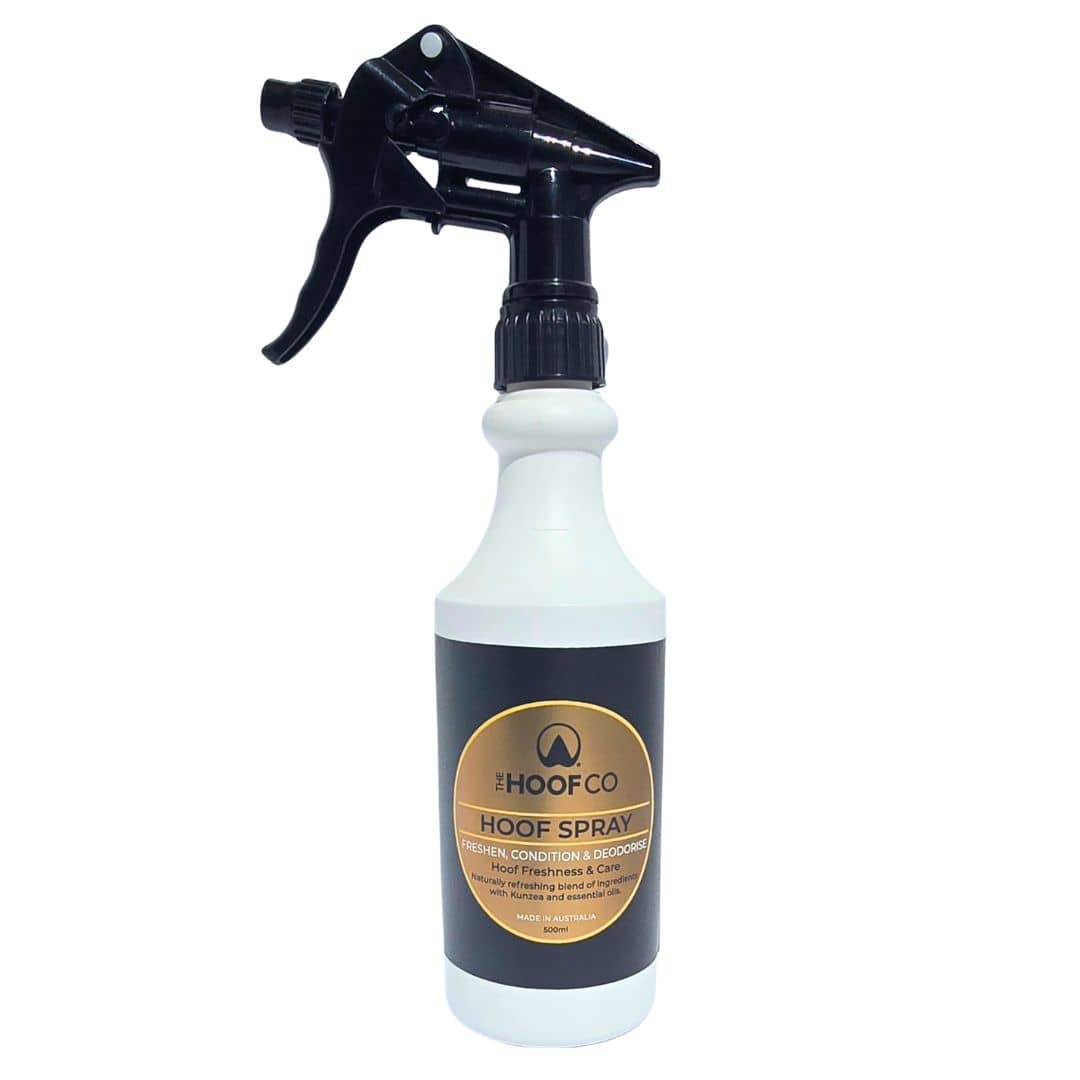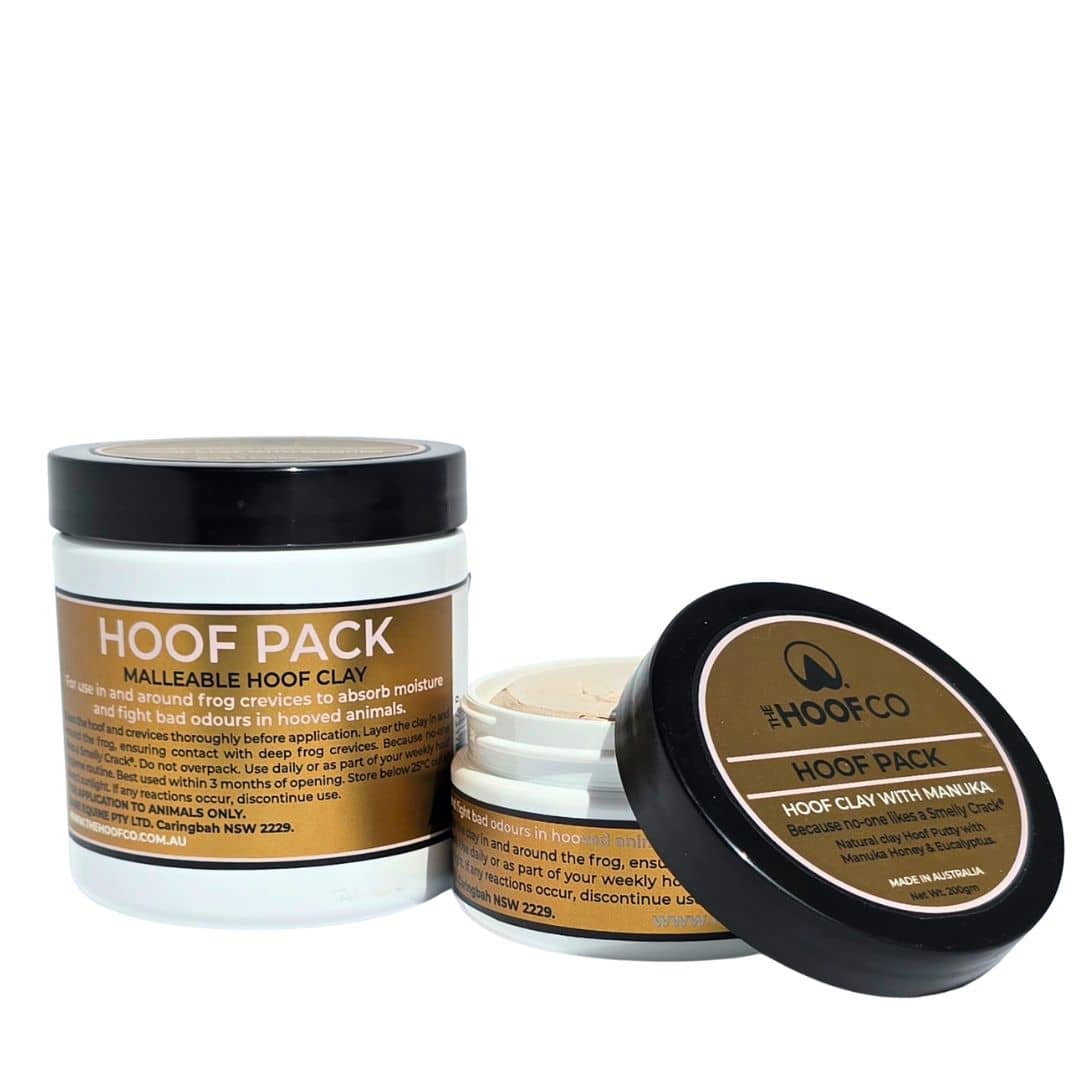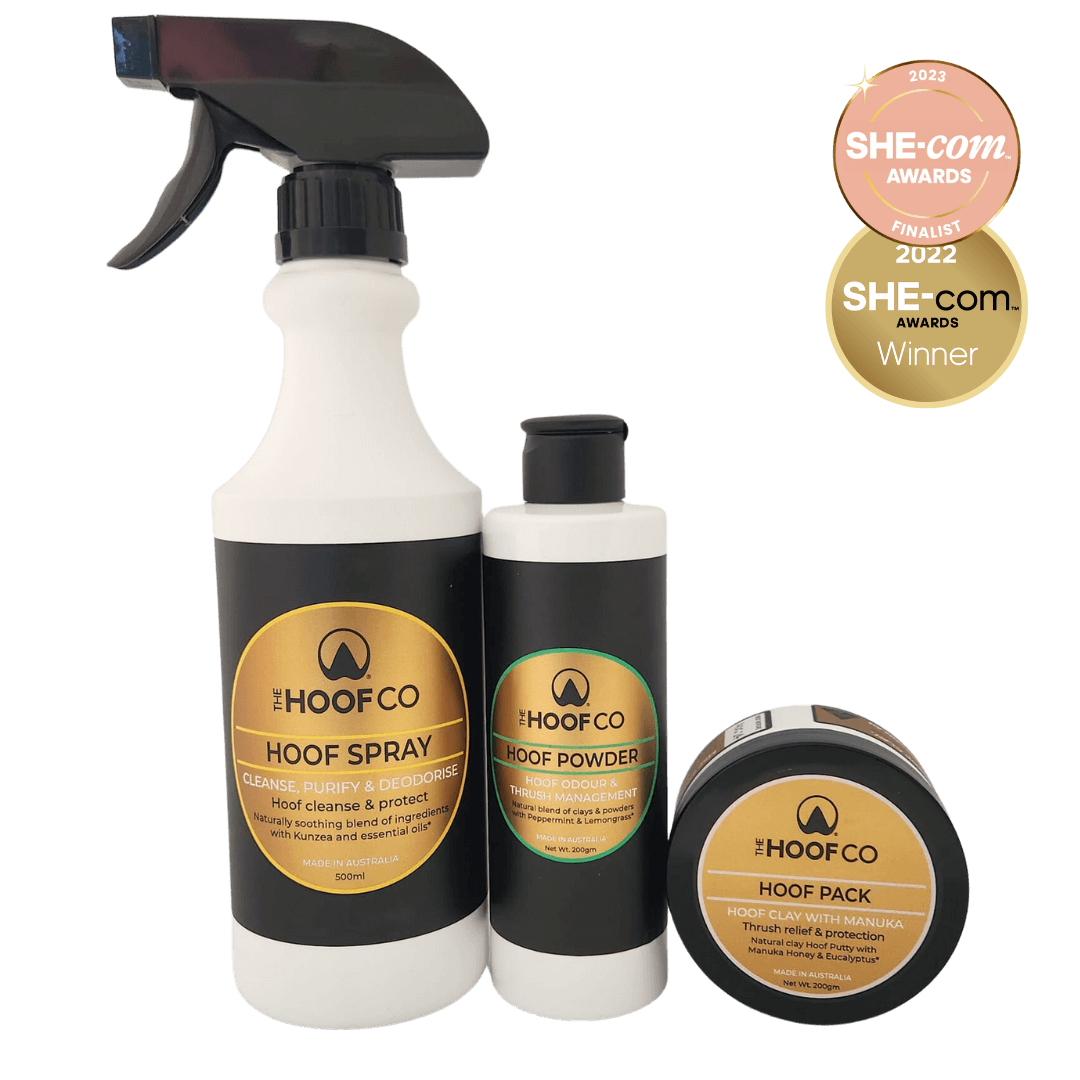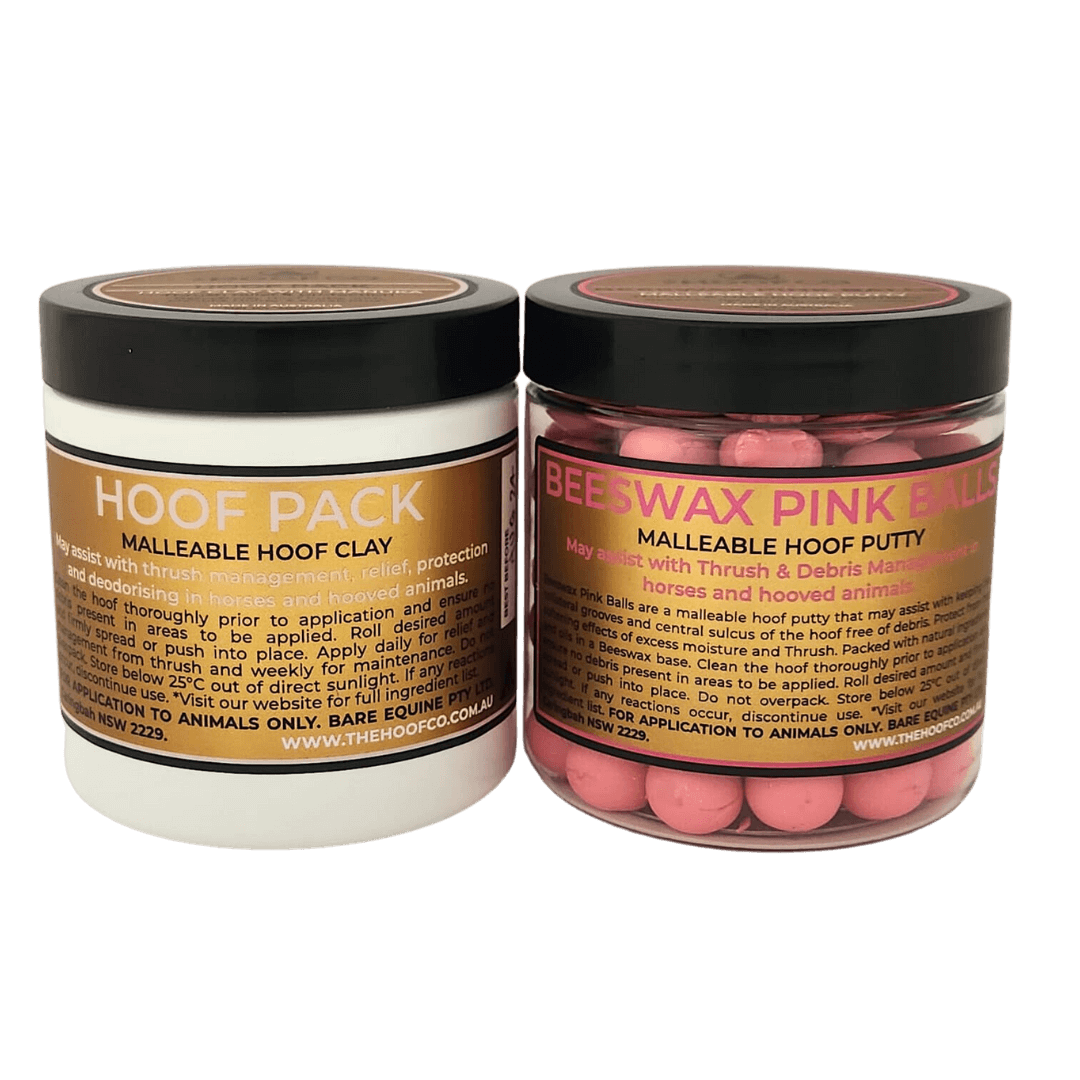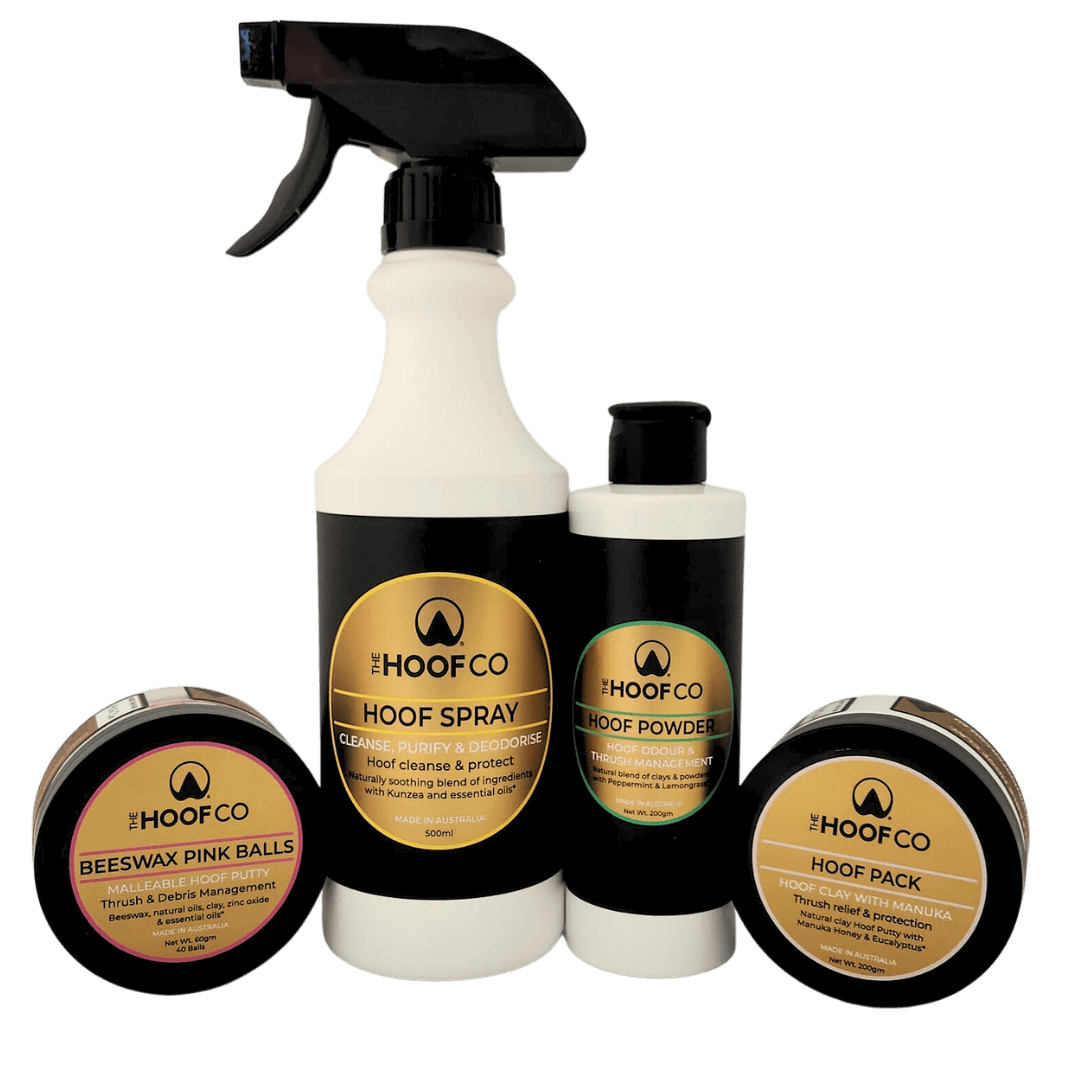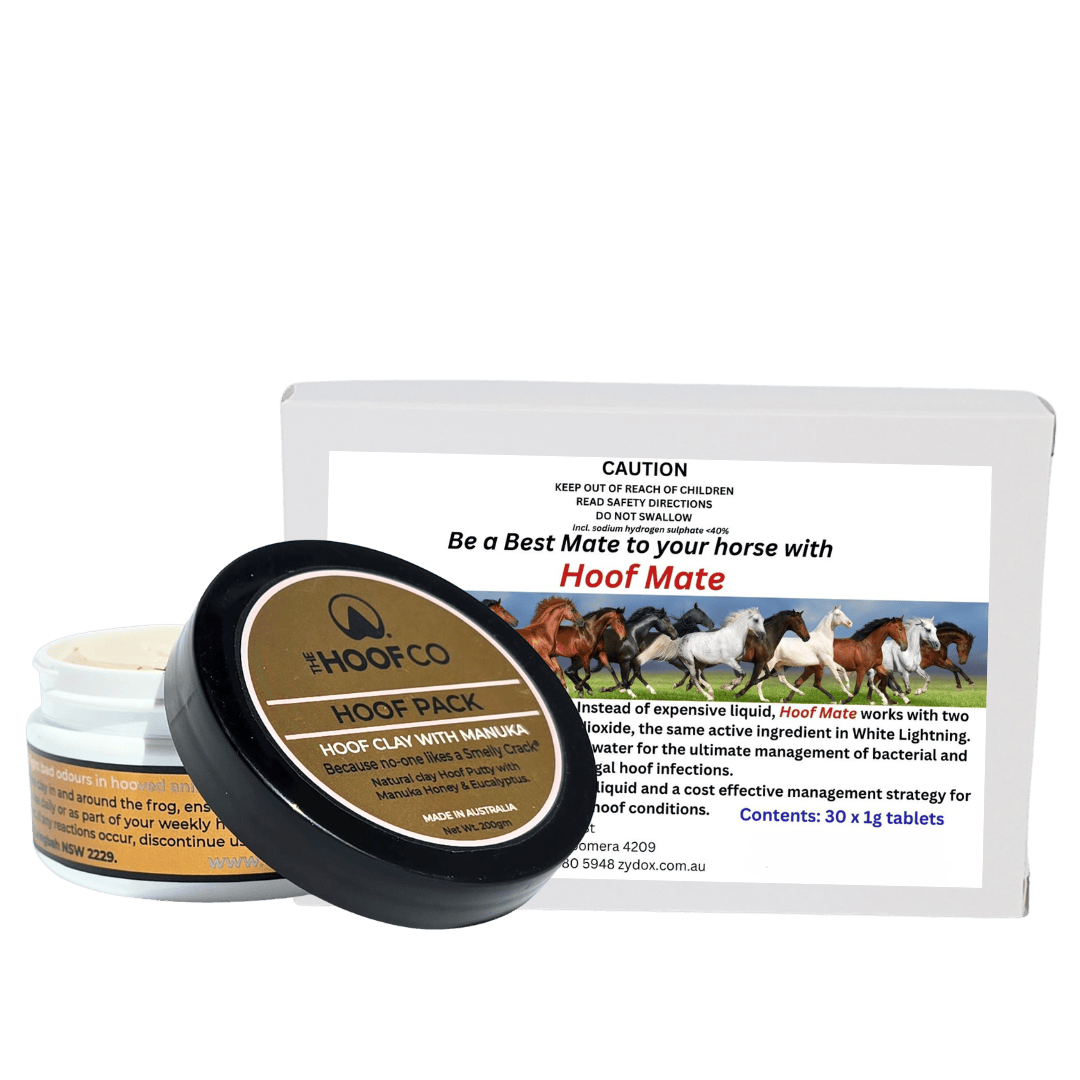FREE PRODUCT WITH ORDERS OVER $120
Thrush
WHAT IS THRUSH?
Thrush in horse hooves is a very common. More common than you may think. You'll probably know this as a Smelly Crack.
Thrush can be brought on by excess moisture, paddock bacteria or fungi, manure trapped in hooves or diets high in sugar and starch. It thrives in unsanitary conditions, in the wet and in dry hooves with a tight contracted central sulcus.
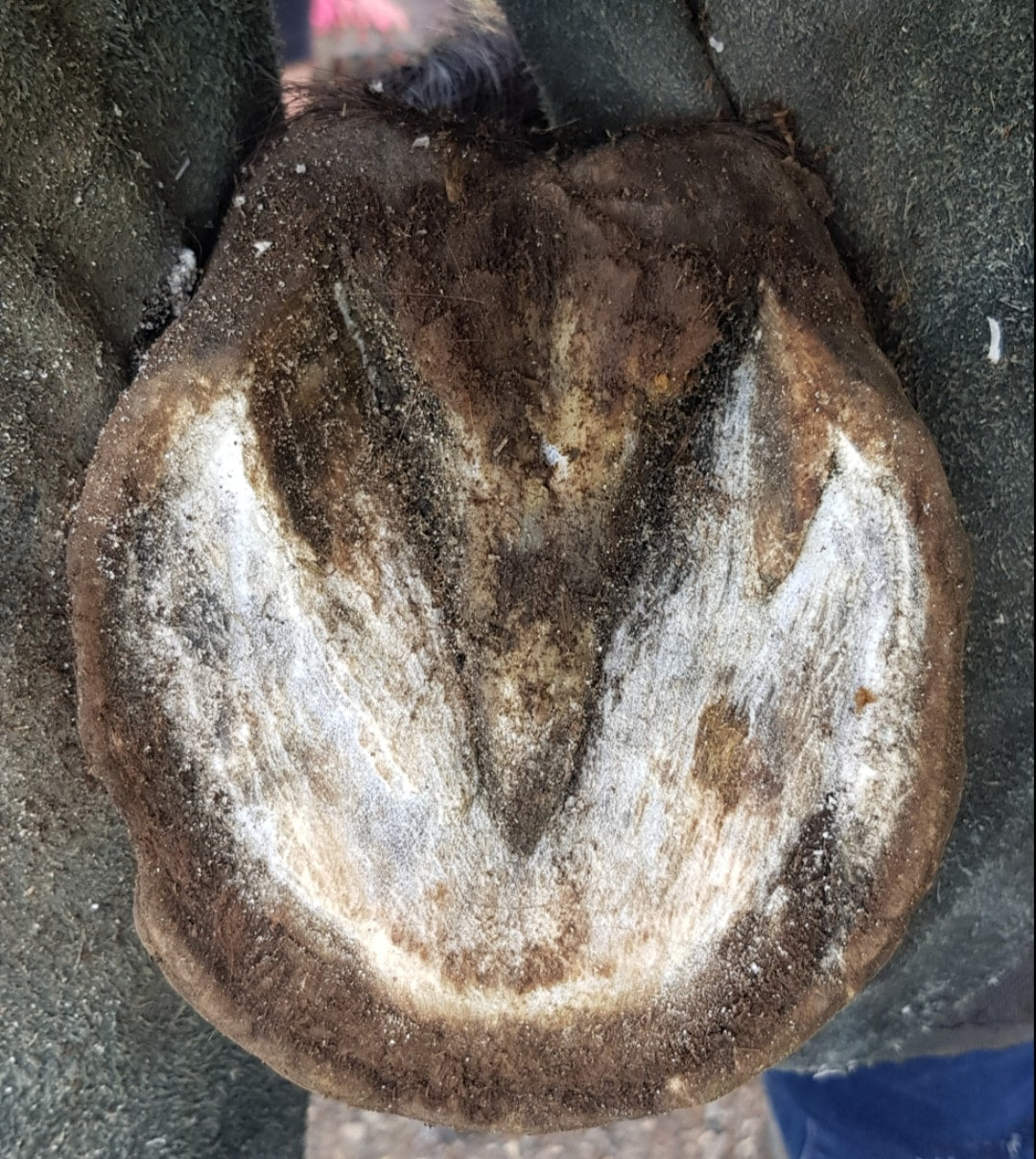
What steps should I take to help my horse?
HOW DOES THRUSH OCCUR?
Thrush in horse hooves is very common. Thrush can be brought on by excess moisture, paddock bacteria or fungi, manure trapped in hooves or diets high in sugar and starch. It thrives in unsanitary conditions, in the wet and in dry hooves with a tight contracted central sulcus.
Horses that live in drier conditions can be susceptible to thrush if their hooves are allowed to collect dirt and debris. Thrush is fairly easy to recognise based on the dark, black discharge and foul odour. (Smelly Cracks).
Dry condition thrush (desert thrush as its often called) does not appear on the surface, rather it is usually right up where you cannot see in a tight contracted central sulcus.
Minor thrush is easily managed with some basic care and topical applications, but more advanced cases may require farrier or veterinarian intervention.
WHAT HAPPENS IF YOU OR YOUR FARRIER IGNORE OR DO NOT PICK UP ON THRUSH INFECTIONS?
Your farrier or trimmer SHOULD be well versed in what it will mean for your horse if they leave Thrush unchecked. They should be able to quickly identify Thrush and remove as much of the infected tissue as possible and not leaving any "flaps" for thrush to continue to thrive under.
Thrush is a common problem and one that you should keep a solution for on hand at all times. Knock it off as soon as the hoof shows signs of any thrush taking hold. Better still - daily prevention maintenance should be part of your routine.
Thrush left unchecked especially in the central sulcus is highly detrimental to the horse. Thrush can invade the central sulcus through into soft tissue as shown below in a dissected hoof.
WHAT HAPPENS IF YOU OR YOUR FARRIER IGNORE OR DO NOT PICK UP ON THRUSH INFECTIONS?
Your farrier or trimmer SHOULD be well versed in what it will mean for your horse if they leave Thrush unchecked. They should be able to quickly identify Thrush and remove as much of the infected tissue as possible and not leaving any "flaps" for thrush to continue to thrive under.
Its such a common problem and one that you should keep a solution for on hand at all times to knock it off as soon as the hoof shows signs of it taking hold. Better still - daily prevention maintenance should be part of your routine.
Thrush left unchecked especially in the central sulcus is highly detrimental to the horse. Thrush can invade the central sulcus through into soft tissue as show here in a dissected hoof.
This has several implications for the horse. If you leave it to the stage where it invades soft tissue, you are going to have to be extra vigilant with hygiene, expect to be booking a vet visit along with your horse becoming footsore. Pain in the back of the hoof leads to toe first landing as they will try and relieve the pressure off the frog. This then sets the horse up for further problems such as Navicular changes and stress on the DDFT.
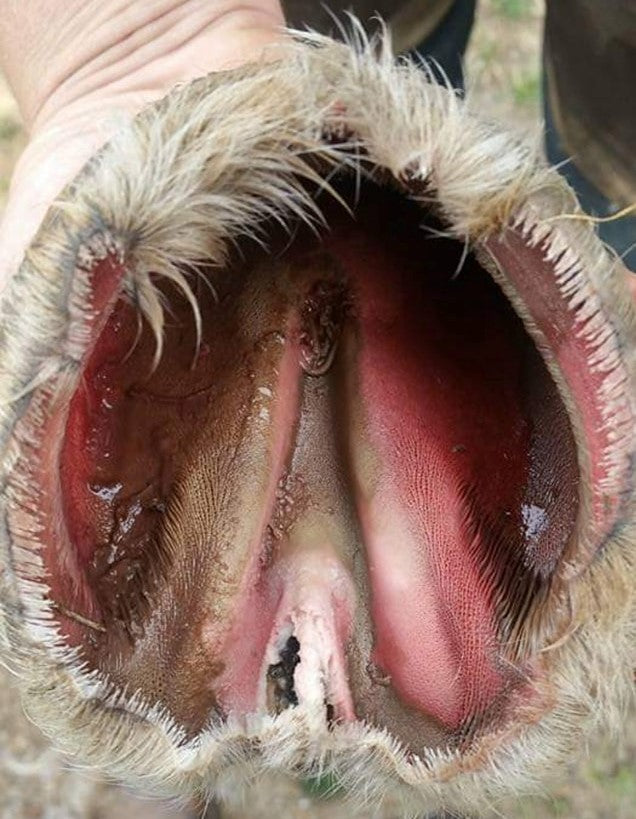
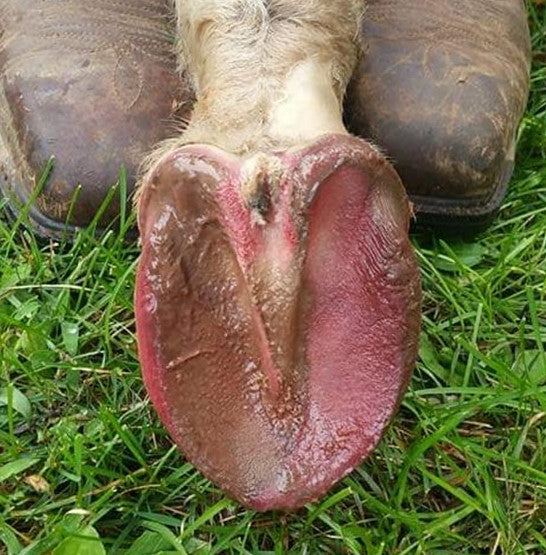
HOW TO MANAGE THRUSH?
Keep your horses on schedule with your farrier and trimmer (4-6weeks max) and ensure your farrier is keeping an eye out for any signs of the start of Thrush - in all nooks and crannies of the hoof.
If Thrush takes hold and the farrier needs to cut back some areas of the frog, let them!. As this is an opportunistic bacterium which thrives in an anaerobic environment. Working with your farrier to ensure there are no hidden pockets of thrush within the frog which will then allow you to be attending daily with easy access and a topical management plan.
This is where our Smelly Crack Pack steps in. 3 easily applied topical products - Hoof Spray, Hoof Powder and Hoof Pack (Clay). Award winning hoof care package.
WHAT CAN I DO WHILST WAITING FOR MY APPOINTMENT WITH MY FARRIER?
If your farrier is unavailable in your area, you could consider using White Lightning Hoof Soaks - HOOF MATE or start with the Smelly Crack Pack asap.
As a liquid management product, HOOF MATE can penetrate into areas of the hoof which you will not be able to access adequately.
This is a very economical product - a box of 30 tablets making 15 litres of White Lightning soak. A must have for a regular deep hoof blast.





